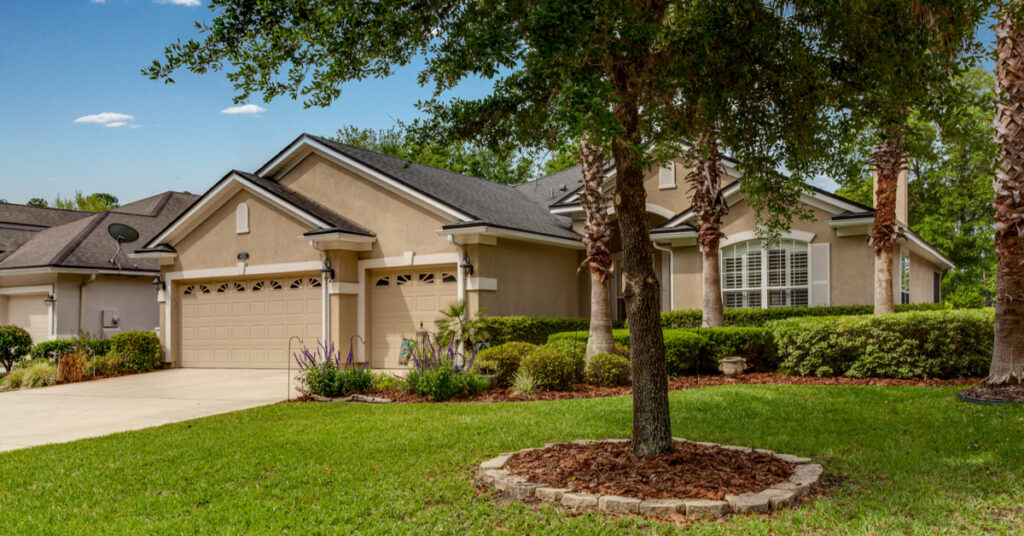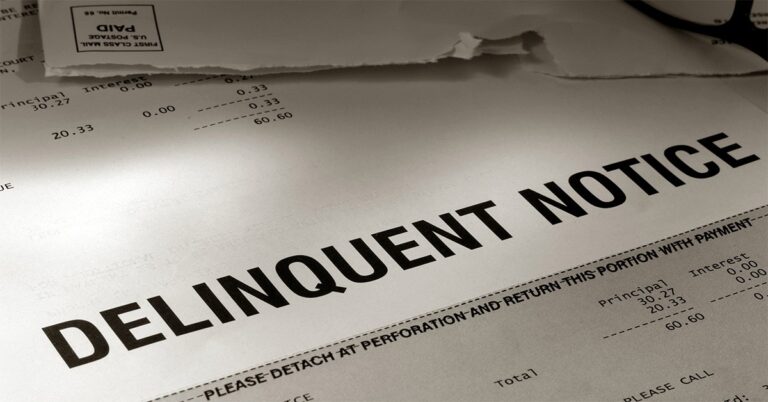The S&P CoreLogic Case-Shiller U.S. National Home Price Index reported a 5.7% annual gain in August, marking home prices’ fastest rate of growth since July 2018.
The stout jump brought the index to a new high, 21% above its pre-Recession peak. Month over month, the index also picked up, gaining 1.1% from July — its speediest monthly growth rate since spring 2017.
“Economic gains accumulated during the longest economic U.S. expansion, which ended with the onset of the pandemic, have provided advantageous footing for many buyers currently in the market,” explained CoreLogic deputy chief economist Selma Hepp in a statement.
“Current home price growth is exceptionally strong given that the U.S. is an economic recession,” she added, “but it is the historically low inventories and record-low mortgage rates that are outweighing economic and employment headwinds and fueling the price acceleration.”
The S&P CoreLogic Case-Shiller sub-indices, tracking prices in large cities, both saw annual and monthly gains. The 10-City Composite sub-index saw a yearly gain of 4.7%, up from 3.5% in July. The 20-City Composite (which continues to exclude Detroit because of COVID-related reporting issues) logged a 5.2% year-to-year increase up from 4.1% the month prior.
On a monthly basis, the 10- and 20-City Composites both posted 1.1% growth before seasonal adjustment. Taking seasonality into account, both indices experienced increases of 0.5%.
“The strength of the housing market was consistent nationally – all 19 cities for which we have August data rose, and all 19 gained more in the 12 months ended in August than they had done in the 12 months ended in July,” reported Craig J. Lazzara, managing director and global head of index investment strategy at S&P Dow Jones Indices.
Join 210,000 mortgage professionals
Get the news, trends and industry updates in your inbox to become a better mortgage originator. Subscribe to emails below.
“A trend of accelerating increases in the National Composite Index began in August 2019 but was interrupted in May and June, as COVID-related restrictions produced modestly-decelerating price gains,” Lazzara added. “We speculated last month that the accelerating trend might have resumed, and August’s results easily bear that interpretation.
“If future reports continue in this vein, we may soon be able to conclude that the COVID-related deceleration is behind us.”
With millennials at the forefront of much of the demand, homes within the lowest third of prices saw the most competition. Consequently, price growth in that tier rose to 7.8% among the cities in the 20-City Composite. In high-demand markets like Phoenix, Seattle and Tampa, lower-tier home prices jumped 10% or more.
Growing desire for larger homes or vacation homes — consumer shifts fueled by the persisting pandemic — also helped speed price growth in August, observed Hepp. Demand, she noted, remains elevated, portending full-year strength in total sales.
“Since demand for homes hit high gear in mid-May, it has since remained at above last year’s levels,” Hepp wrote on CoreLogic’s blog. “If the likely trend continues into the rest of the autumn months, total 2020 home sales may beat 2019 levels, making 2020 the strongest year for home sales since 2006.”







